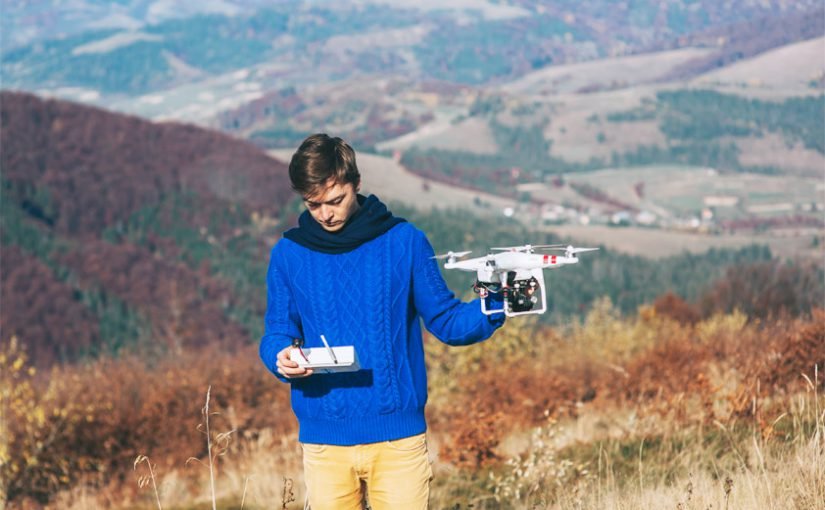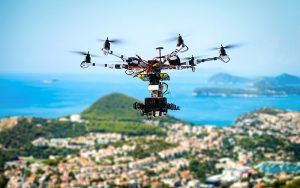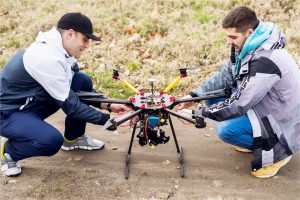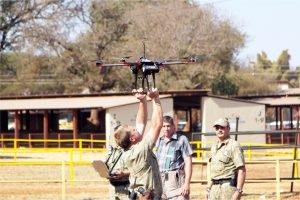Technological advancements in the drone realm are opening up a plethora of new opportunities. One of the key areas of innovation is in the field of battery technology. Researchers are constantly working on developing batteries with higher energy densities. This is crucial as it directly impacts the flight time and payload capacity of drones. A higher energy – density battery means that a drone can stay in the air for longer periods and carry more equipment or supplies. For example, in the delivery industry, a drone with an improved battery can make more deliveries in a single flight, reducing the overall cost and time required for each delivery.
Another area of significant progress is in the development of more sophisticated flight control systems. These new systems are designed to make drone flights more stable and precise. They can better handle various environmental conditions such as strong winds, rain, or sudden changes in altitude. In industries like construction, drones equipped with advanced flight control systems can be used to survey large construction sites with great accuracy. They can fly close to buildings and structures, capturing detailed images and data that can be used for quality control and project planning.
The improvement in sensor technology is also playing a vital role. Drones are now being fitted with more sensitive and accurate sensors. These sensors can detect obstacles, measure distances, and even analyze the composition of the surrounding environment. In forestry, for example, drones with advanced sensors can detect early signs of tree diseases or pest infestations. By analyzing the data collected by these sensors, foresters can take proactive measures to protect the forest ecosystem. Overall, these technological innovations are not only enhancing the performance of drones but also expanding their applications across multiple industries.






